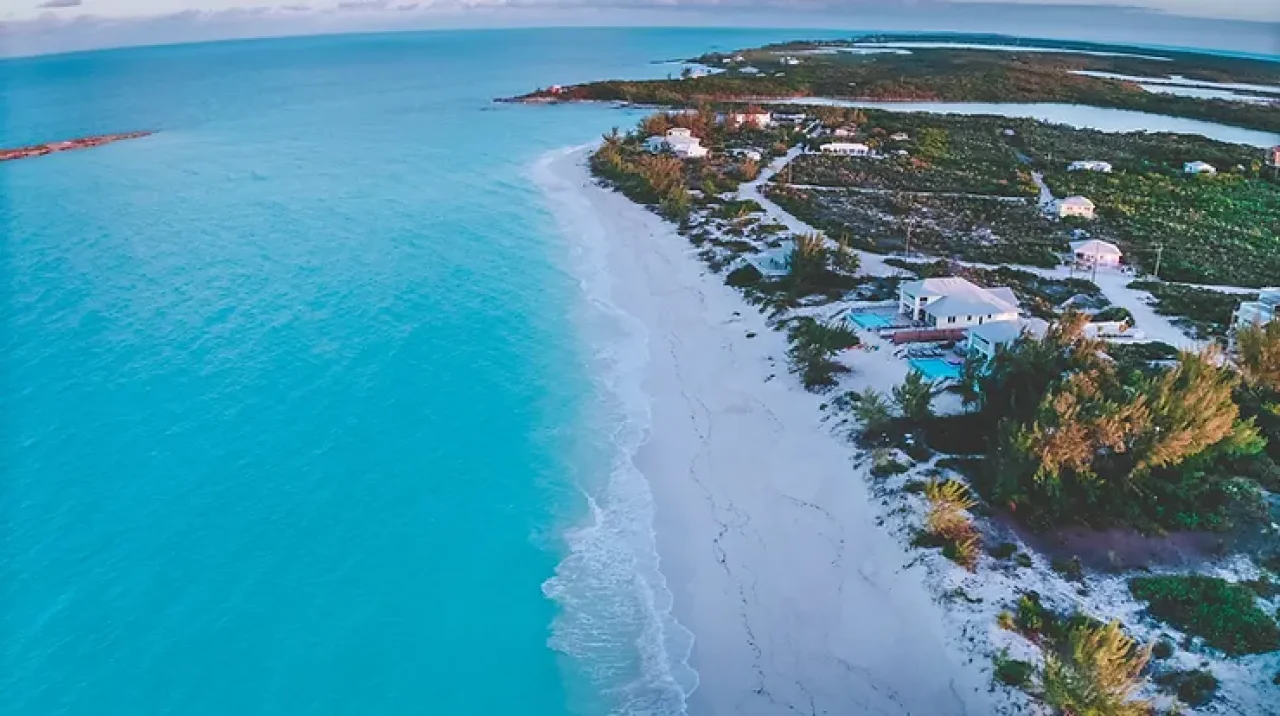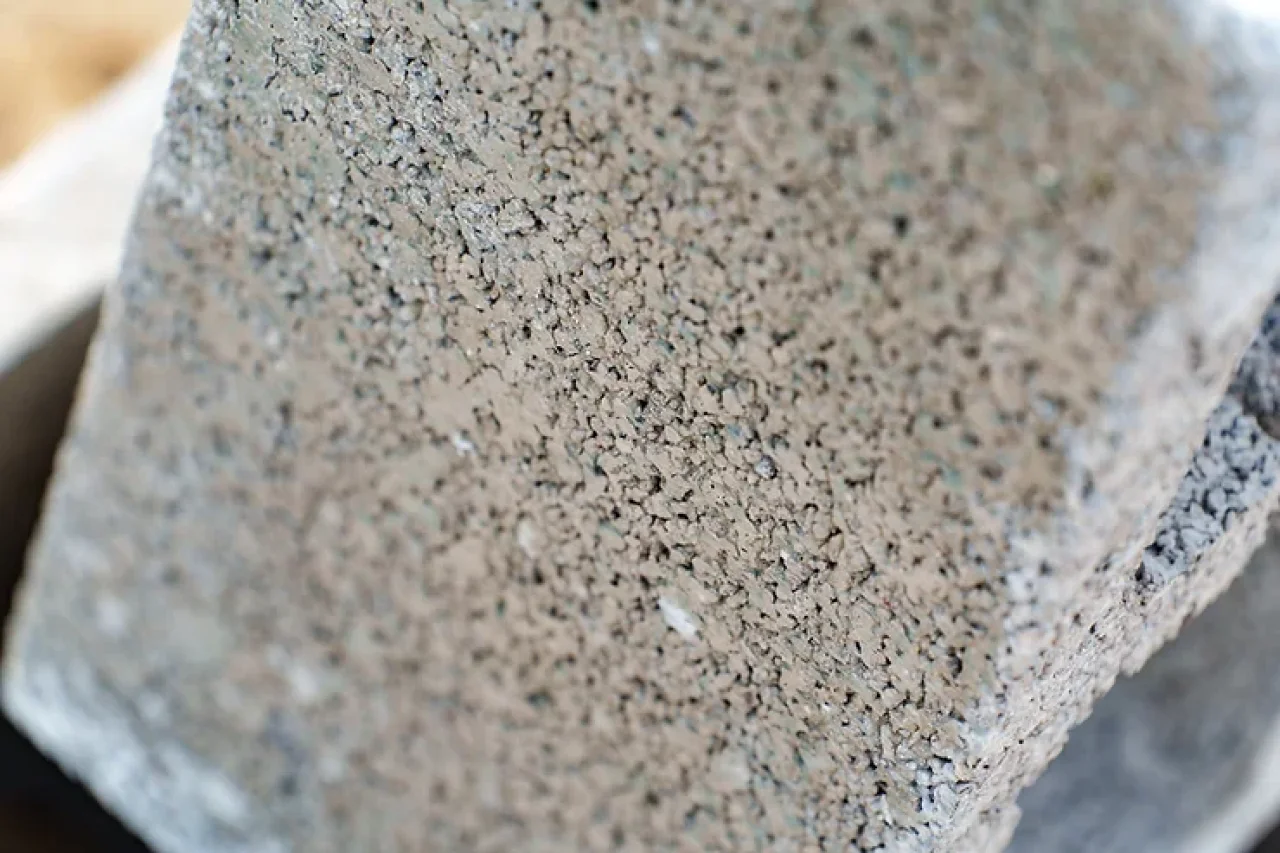How to Improve The Climate Resilience Of Coastal Real Estate

Why We Need A Climate Resilience Strategy For Coastal Real Estate
Human activity is changing the Earth’s climate, with many of the changes now inevitable and irreversible.
It is a tragic geographical reality that many communities which have contributed so little to climate change, stand poised to be among the worst affected. For Small Island Developing States (SIDS) like The Bahamas, storm surges are among the most serious climate change challenges that are being experienced today.
In 2019, Hurricane Dorian damaged over 75% of the homes on the Abaco Islands and left 29,500 people homeless and/or jobless across the country. This is just one of the many hurricanes which were made more intense by global warming. According to a recent report, as sea levels rise, hurricanes will likely affect a greater number of properties. Not to mention the increasing impact of coastal erosion on houses within 100 metres of the coastline. For all these reasons, it’s vital to invest in climate-resilient homes and infrastructure.
What Is A Climate-Resilient Infrastructure?
Designed and built with climate consciousness in mind, climate-resilient infrastructure should have a greater resistance to global warming-driven extreme weather events. As for coastal real estate, climate-resilient infrastructure examples include hurricane-resistant houses and corrosion-proof seawalls.
Seawater: Concrete’s Kryptonite
Many people assume that strong winds pose the greatest threat to lives and property when a hurricane hits.
Yet, seawater overwash - caused by hurricanes - is typically what makes houses crumble. Current buildings were simply not designed to withstand salts. Seawater is the kryptonite to reinforced concrete, which is one of the most common materials used in the construction sector. But how does reinforced concrete get sea-sick? Ingesting two different types of poisons. Chlorides and sulphates, which bite into the rebar iron oxide protective film and the calcium hydroxide within the Ordinary Portland Cement (OPC) respectively.
Brine: An Effective Drug To Cure Concrete
In November 2022, Partanna partnered with the Government of the Bahamas to build 1,000 hurricane-resistant homes. Besides being affordable, carbon-negative homes like those built with Partanna’s technology have the potential to be insured at lower rates thanks to their lower climate vulnerability.

That sounds great, right, but how is that possible? Believe it or not, we’re strengthening the immune response of our carbon-negative concrete to seawater by using salts. To be more specific, Partanna is tapping into a highly concentrated salt solution, a.k.a. brine, which is a desalination plant by-product. When blending brine with the rest of our ingredients, we obtain a special type of hydraulic cement. This material not only becomes stronger in contact with water but is also less susceptible to its degrading effect. And we achieve this without going through the carbon-intensive production of OPC.
Apart from enhancing the strength of our carbon-absorbing concrete, harnessing brine has got another benefit. In fact, our cement-free formulation has a higher pH than OPC. In other words, it’s more alkaline. This works as an antidote against seawater poisoning. For instance, the hydroxides of our carbon-sequestering concrete become more stable and are not consumed by sulphates. On top of that, the alkaline environment triggers the formation of an anti-corrosion protective layer on the rebar surface, which is therefore less prone to chloride attack.
For the same points raised above, our brine-enhanced concrete is ideal for building ocean-resistant seawalls. These are barriers placed along the shoreline that prevent erosion. In addition to that, concrete seawalls can also block an incoming flow of water, like the one flooding properties during a storm. But how long does a concrete seawall last? In theory, up to 100 years. However, its lifespan could be shortened by the more frequent climate-induced storm surges which will likely occur over the next few years.
Conclusions
Hurricanes and sea level rise are threatening residential and commercial properties in The Bahamas, in Florida, and other coastal areas of the globe. Yet, Partanna’s climate resilience solutions could help real estate stakeholders protect their portfolio while ensuring safe housing to people.
